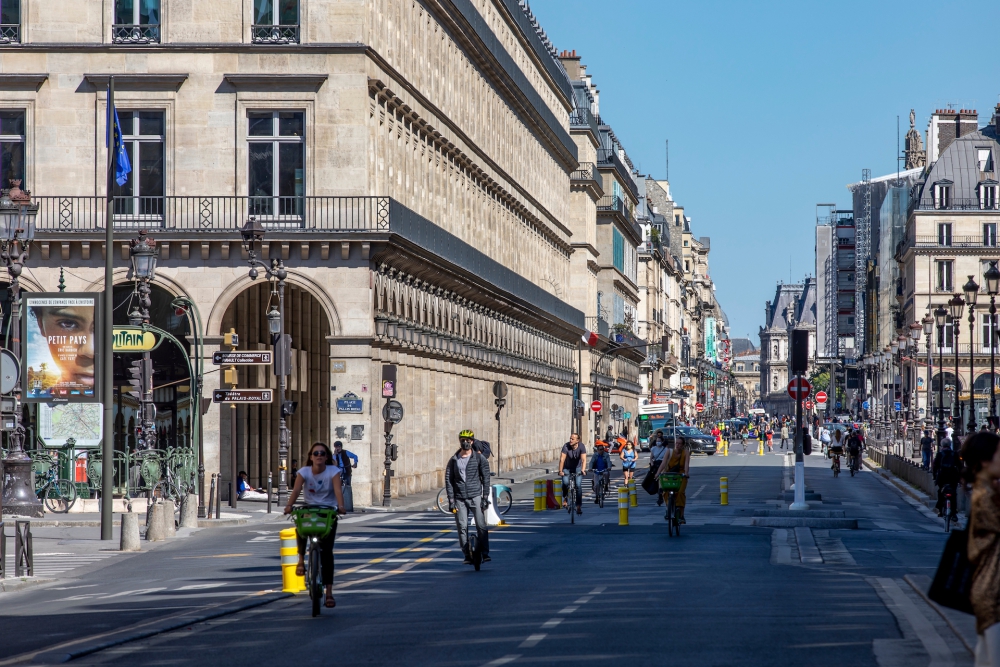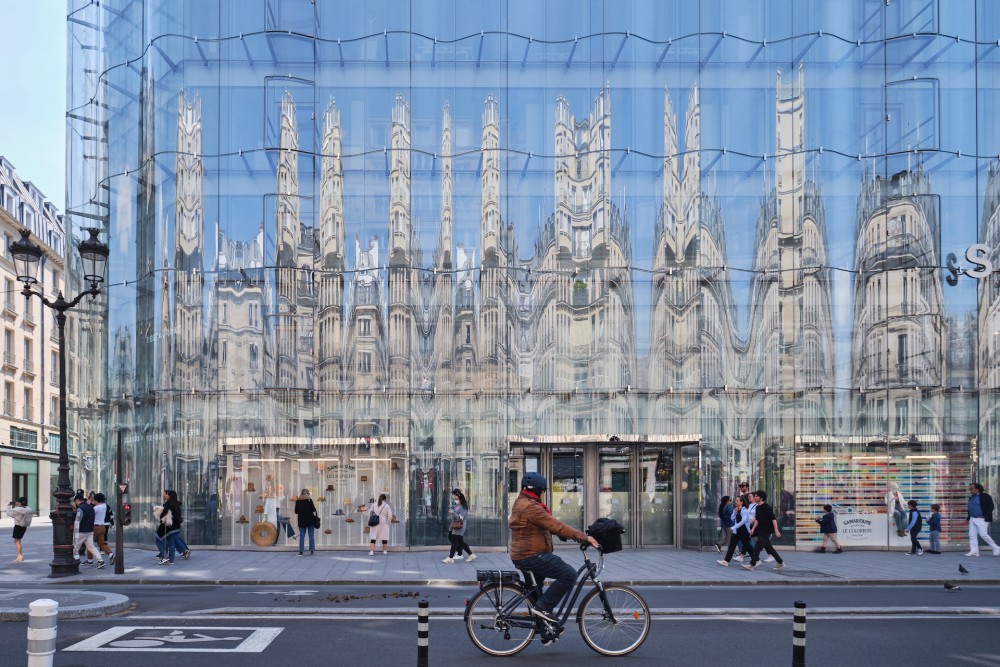The long road to getting around safely
Notorious for over-crowding, Thailand’s public transport proved a bridge too far for many commuters during the Covid lockdowns. Two years on, has anything changed?
When a second lockdown was announced on March 26, 2020 and the Thai government declared an extension of the state of emergency, Lamud Supamorn found herself stranded at home. Lamud, a housemaid who lives in a small village outside Khon Kaen, a major city 450 kilometres northeast of Bangkok, had no choice but to call her employer to say she wouldn’t be coming in that day because, with all public transport halted and no car or motorbike, she had no way of reaching work.
In addition to shutting down an essential public service and putting in place a night-time curfew between 10pm and 5am in a bid to curb the escalating Covid-19 outbreak, the government ordered non-essential businesses to temporarily shut down and encouraged people to stay home or work from home. But several million Thais – supermarket workers, cleaners and kitchen staff – were expected to work if, of course, they could manage to get there.
While white-collar workers could work from home and attend meetings via Zoom and Skype, Lamud was among the several millions forced to take the next two months off because she couldn’t manage to commute. Fortunately, she received partial payment from her employer.
The coronavirus might have been tough on every single member of society, but the low-income earners suffered the most, not just upcountry but also in the more affluent capital city. Bangkok’s bus commuters, most of whom were already struggling before the pandemic, were hit extra hard. And their voices have never been heard.
Those who were expected to get to their offices mostly took overpriced but less crowded city trains or drove to work, but for low-income earners in Bangkok a bus service was the only option. Grossly inefficient at the best of times, the service was rendered more or less useless by the decision to cut capacity by half to allow for better room for better physical distancing.
“It’s clear that authorities who designed the [physical distancing] rules had never set foot on Bangkok buses,” complained a bus commuter who asked to be referred as Prasit, an engineer who had always taken a short ride on a public bus from his house to catch a shuttle provided by his company.
Chirapa Samorkorn, another bus commuter, who usually left her home in Nakhon Pathom, 60km south of Bangkok, at 5am to catch an intercity minibus to the outskirts of Bangkok, then continued to her downtown office by bus or Skytrain/MRT, found her journey taking longer and longer. While only required to be in the office every other week and despite less traffic on the roads, her trip to work wasn’t any shorter. “I’d to wait longer for the bus and keep my fingers crossed that a seat would still available,” she said.
During the lockdown, the Bangkok Mass Transit Authority (BMTA, a government agency responsible for public bus service in Bangkok) decided to deploy only 90% of its 3,000-bus fleet because the number of commuters dropped by half to around 500,000 per day and the night curfew cut the operating hours to just two-thirds.
Of course, Thailand was not the only country to declare lockdowns. Europe and the US had them too but most took the opportunity to redesign transport modes and services to better serve the needs of commuters both during the pandemic and in the post-Covid world. Greater Bangkok has 15 million residents, one million of whom use the buses for their daily commute, yet the BMTA’s full fleet wasn’t sufficient to serve that number even in pre-Covid times.
According to curb.com, a few days after the health concerns were raised due to Covid-19 outbreak, the transit planners at SFMTA (The San Francisco Municipal Transportation Agency, a department of the City and County of San Francisco responsible for the management of all ground transportation in the city), took just two days – and over a weekend at that – to rebuild its entire schedule.
Muni, as it is known, decided to reduce most of its services, cutting about 70 lines across its network. “To maintain service levels to provide social distancing, we must focus our available resources on the lines that most critically serve essential trips,” noted the San Francisco Municipal Transportation Agency. “This means temporarily reducing Muni service, and prioritizing critical routes during the pandemic.”
According to sfexaminer.com, the Muni's main concern was that their staff remain safe and be able to take care of their families while the essential workers were able to work by taking Muni.
In mid-June, SFMTA started to increase its Muni service and frequency to support essential trips as well as the community's economic recovery by providing more connections to neighbourhood commercial districts as businesses began to reopen.
In Europe, meanwhile, several countries were discussing ways to make transport more environmentally sound, healthy and sustainable. The UN has proposed bicycles as drivers of a green post-virus recovery and EU policymakers worked to find alternatives for commuters so they can avoid public transport that might be inadequate during a time when physical distancing must be strictly observed.

In response to the coronavirus, Paris decided to reserve 50km of the busiest lanes in Paris, previously occupied by cars, for cyclists, in a bid to limit crowds on public transport. Another 30 streets around schools were made pedestrian-only. France would go on to spend €20 million on emergency cycling measures, including €50 bike-repair vouchers. Employees also received €400 from their employers if they commuted by bike. The budget was later increased to €60 million, designed for more repair vouchers and subsidies for e-bike purchases.
The UK government announced a £2 billion budget to improve cycling and walking in the country to relieve public transport pressure in the wake of Covid-19. Another £250 million of funds was earmarked for improving cycling and walking infrastructure, including widening pavements and building new cycle-only streets.
In Italy, a resident in a city with more than 50,000 inhabitants could claim a €500 subsidy for a new bike or electric scooter, as a part of the €55 billion stimulus package for Italy’s virus-stricken economy. Spain widened bike lanes for cyclists, taking more space from vehicular traffic lanes.
Meanwhile in Germany, road markings were redrawn to facilitate bicycle commuters, as they demand more space to keep the physical distancing. According to difu.de, Friedrichshain-Kreuzberg was the first district to create "pandemic resilient infrastructure" by establishing a pop-up cycle lane at the end of March. The outer lane was taken away from cars and turned into cycle lane. Other districts soon followed suit.
The pop-up cycle lane began to expand to other districts once it showed that this infrastructure had improved cycling safety while not hindering traffic, despite disagreement from opposition politicians who considered the pop-up infrastructure as a provocation by the bike lobby and of little practical use.
Whether the opposition politicians liked it or not, by mid-April, according to theguardian.com, residents in 133 other cities were also demanding similar pop-up bike lanes.
While governments invested in infrastructure for cycling and walking, Rachel Nadkarni, a German Chancellor Fellow from Boston, pointed out that shared vehicles were also a great option in this mobility crisis caused by the pandemic.
The urban planner who’s now based in Berlin, feels shared vehicles, or on-demand transit, are a great solution for those who travel to places where higher efficiency buses or trains are unavailable or are infrequent. Even during the pandemic, hygiene shouldn’t be an issue for shared-vehicle users, said Nadkarni, thanks to an additional feature added to car-sharing apps for the users to check when a vehicle was last cleaned.
From a sustainability mindset, said Nadkarni, criteria developed in Germany could be useful for a city like Bangkok, such as tracking the percentage of single-passenger versus shared trips. During the pandemic, a concern across the world with shared vehicles has been protecting the drivers from potential exposure.
For example, Honda modified several vans to transport potential Covid-19 patients in the Detroit area to testing sites. These vehicles have a separation between drivers and passengers and modifications have been made to the internal air circulation systems.
Yet in Bangkok or other places in Thailand, even though lockdown restrictions were completely lifted on July 1, the government still hasn’t announced any budget for cycle infrastructure. Despite a resurgence in Covid cases, albeit with fewer requiring hospitalization, the BMTA’s answer has been to bring back the full fleet of about 3,000 buses to move the one million commuters who will resume their work.
“I don’t know if I can observe physical distancing,” said Chirapa, noting that that the number of buses was still inadequate and that traffic has gone back to normal as businesses and schools reopen. “I only wish the buses were more frequent.”
By Sirinya Wattanasukchai, with information and data supported by Rachel Blatt Nadkarni
This article is a part of ComLab, organised by IJP and Humboldt Foundation.










